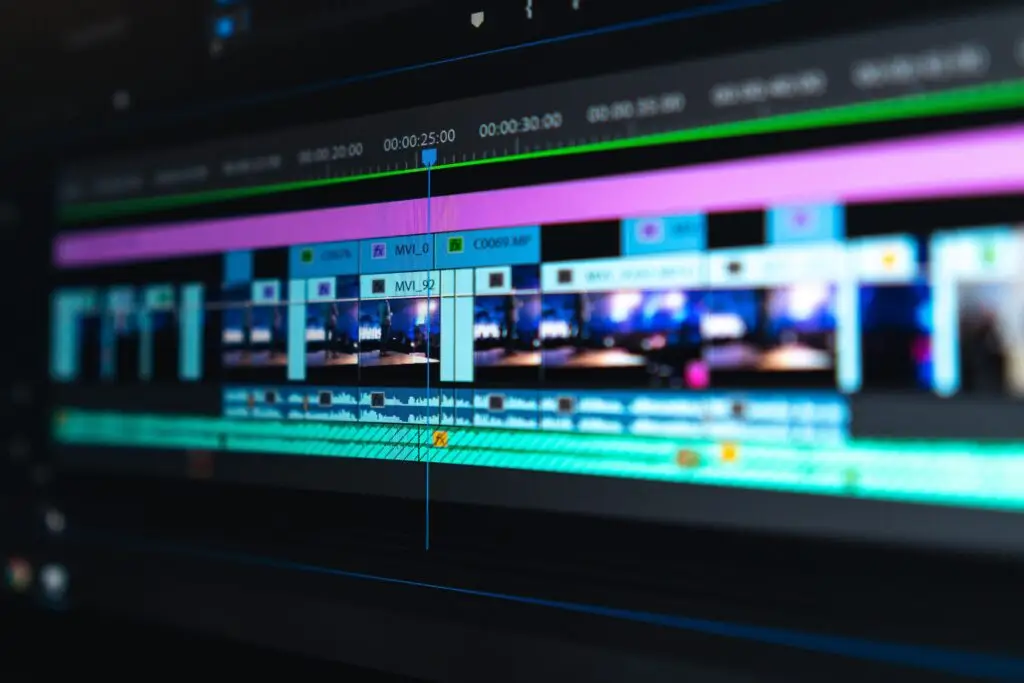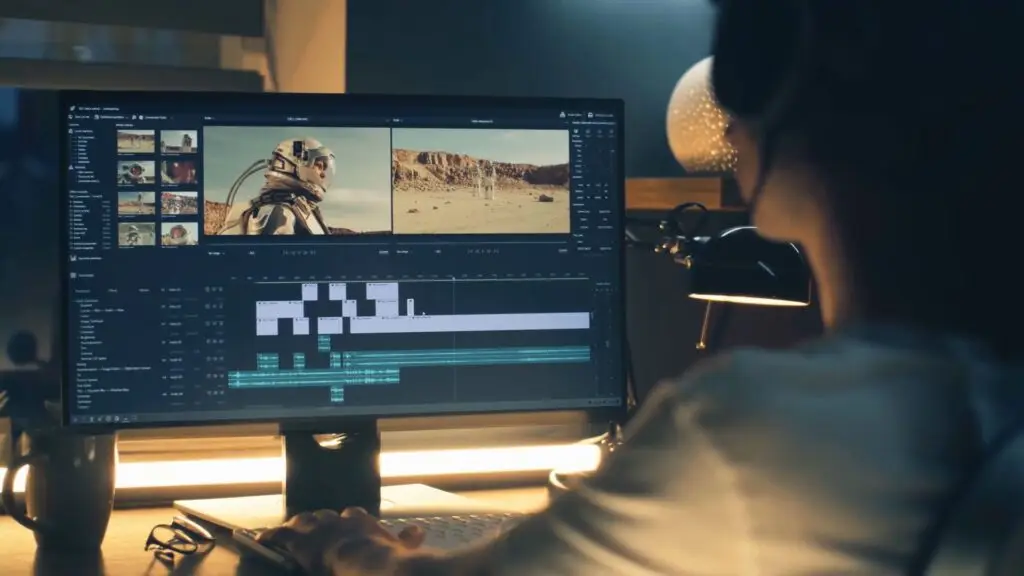The Art and Evolution of Video Editing: From Cutting Rooms to Clicks
In an era where every second on the internet is filled with content—vlogs, music videos, TikToks, documentaries, and commercials—video editing has emerged not just as a technical skill but as a powerful form of storytelling. It is the invisible art that turns raw footage into compelling narratives. But how did video editing become what it is today? And why is it one of the most sought-after skills in the digital age?
This blog dives deep into the history, techniques, tools, and future of video editing, offering insights for beginners, professionals, and enthusiasts alike.
1. A Brief History of Video Editing
Manual Film Splicing
Before the digital era, editing involved physically cutting and splicing film reels. Editors worked with celluloid film, scissors, and tape. Every cut had to be carefully planned—mistakes were costly, both creatively and financially.
Flatbed Editors & Linear Editing
In the 1950s and ’60s, tools like the Steenbeck flatbed editor gave more flexibility. By the 1970s, linear editing allowed tape transfers via VCRs—but you had to edit everything in a straight line.
The Digital Shift
The 1990s introduced non-linear editing (NLE). Tools like Adobe Premiere and Avid Media Composer let editors rearrange footage freely. This revolutionized creativity and speed.
2. Why Video Editing Matters More Than Ever
In today’s content-driven world, great editing sets you apart:
Tells a Story: Creates engaging, structured narratives.
Sets the Mood: Influences emotion and tone.
Enhances Quality: Polishes visuals and audio.
Improves Flow: Keeps viewers engaged.
Adds Value: Makes content feel professional and trustworthy.
3. The Essentials of Video Editing
A. Workflow Basics
Import & Organize
Rough Cut
Fine Cut
Sound Design
Color Grading
Export
B. Must-Know Terms
Timeline: Your editing canvas.
Cut: Remove part of a clip.
J-Cut / L-Cut: Audio leads or trails video.
B-Roll: Supplementary footage.
Keyframes: Control animations or changes.
4. Tools of the Trade
Beginner-Friendly
iMovie – Great for Mac users.
CapCut – Best for mobile editing.
Clipchamp – Easy browser-based editor.
Intermediate to Advanced
Adobe Premiere Pro – Industry standard.
Final Cut Pro – Fast and efficient on Mac.
DaVinci Resolve – Excellent color tools.
HitFilm Express – Great for editing + VFX.
5. The Creative Side of Editing
Editing is emotional, artistic, and powerful.
A. Pacing & Rhythm
Fast or slow cuts affect how a scene feels.
B. Sound & Music
Sound creates mood and immersion.
C. Transitions & Effects
Creative transitions like zooms, glitches, and speed ramps grab attention.
D. Storytelling with B-Roll
Makes stories more immersive and seamless.
6. Challenges Editors Face
Time-Consuming: Hours for just minutes of footage.
Storage Woes: 4K video = huge file sizes.
Burnout: Creativity can drain with tight deadlines.
Hardware Demands: You need good specs to work efficiently.
Staying Updated: Trends change fast—adaptability is key.
7. The Rise of AI in Editing
AI is transforming workflows:
Auto-Subtitles
Scene Detection
Background Removal
Smart Reframing
AI B-Roll Suggestions
But remember—human creativity is irreplaceable.
8. Tips for Aspiring Editors
A. Learn the Basics
Start small. Practice with beginner tools.
B. Study the Masters
Watch content and analyze how it’s edited.
C. Practice Often
Use free footage and re-edit it to learn.
D. Build a Portfolio
Freelance and showcase your best work online.
E. Stay Sharp
Follow creators, communities, and tutorials.
9. The Future of Video Editing
Cloud Collaboration: Real-time remote editing.
Short-Form Domination: TikTok/Reels shape style.
VR & 360° Video: New immersive formats.
Mobile Editing: Smartphones now do it all.
The editor is no longer just a technician—they’re a storyteller, strategist, and artist.
10. Final Thoughts
Video editing is more than software and cuts—it’s a language of visuals and emotions. Whether you’re crafting a viral short or a cinematic masterpiece, every frame you touch can inspire, inform, and connect.
So go ahead—cut with purpose, edit with emotion, and tell your story.


